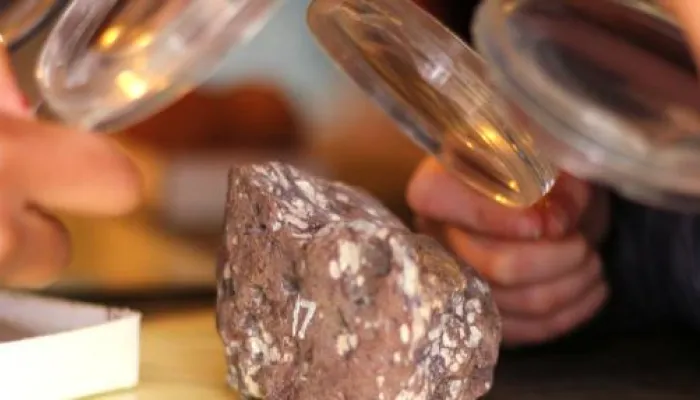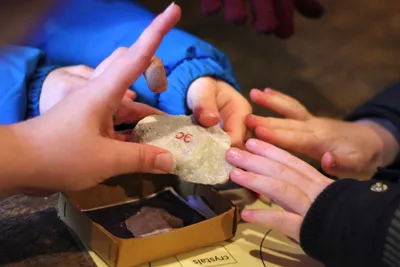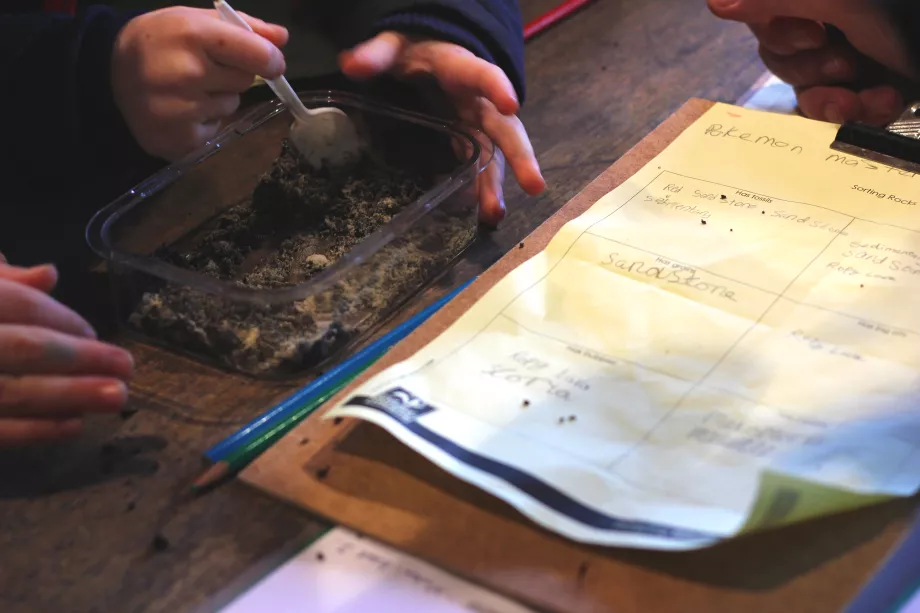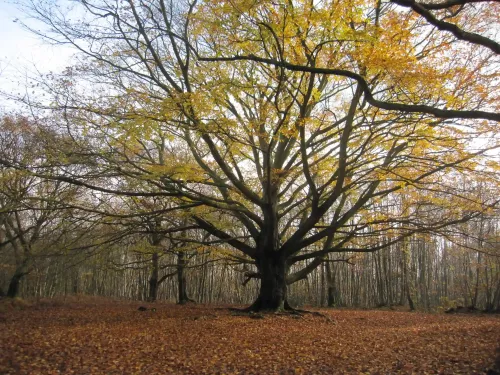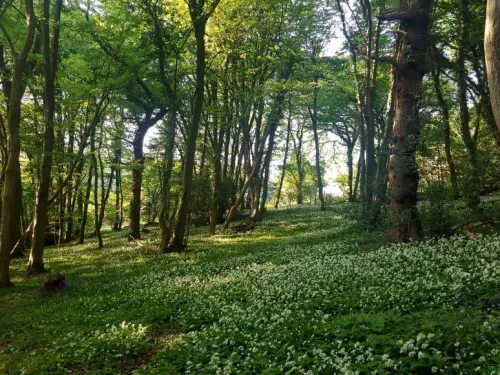We discovered the Kent Rock display beside the long grass mini-beast area shows all the different types of rocks that you can find in Kent. This display shows that rocks take millions of years to form and transform!
Some rocks are formed by the grains being stuck together by making a kind of glue. This is formed as they become squashed down by the weight of grains on top of them. They dissolve a bit and then stick together - like a sugar cube. One theory is that if there were other chemicals in the area this could increase the glue. I suggested that in some circumstances that it could be dinosaur pee that was the extra chemical!
Some of the comments from the children included:
“Rocks take a long time to form”
“Igneous rock is formed by volcano lava cooling down”
“Layers of sand grains press down to make rocks”
“We looked at smooth, bubbly and rough rocks”
“A fossil is a dead animal”
“lava rock, has bubbles – it is light because it is full of air”
One of the best facts of the day was that “sandstone could be made harder and stuck together better by dinosaur pee”.

